Each symbol associated with Halloween echoes traditions, historical evolution and the importance of understanding natural phenomena through anecdotes that were created by our folks who in their wisdom tried to grasp the meanings of such occurrences.
In ancient times, people were afraid of catastrophic events, most of these natural disasters required science to explain their occurrences. In absence of scientific theories and explanations, people assumed they were caused by spirits, demons and the Lord of Death. In order to please the spirits, they offered flowers, food and various other gifts.
There came the rituals, the myths associated with every custom. People celebrated the festivals on harvest days and they were unique for people belonging in different parts of the world.
Image from Amazon.com





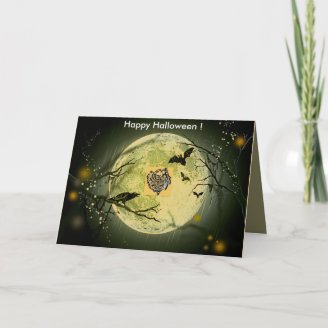
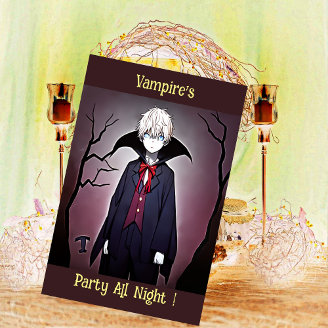
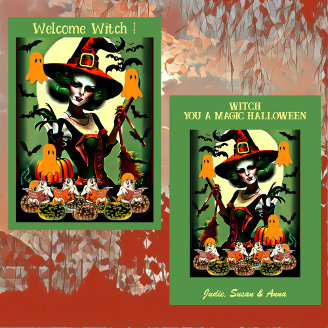
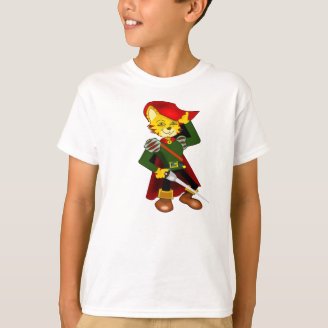







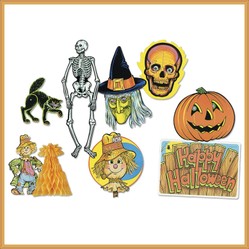

 Harvest Bounty of Fall Fruitson 08/03/2023
Harvest Bounty of Fall Fruitson 08/03/2023
 Is Buddhism older than Hinduism?on 06/13/2023
Is Buddhism older than Hinduism?on 06/13/2023
 Was Tirumala Tirupati Balaji Temple a Buddhist Shrine?on 06/13/2023
Was Tirumala Tirupati Balaji Temple a Buddhist Shrine?on 06/13/2023
 The Great Wave of Kanagawa from Japanese Artist Hokusaion 06/11/2023
The Great Wave of Kanagawa from Japanese Artist Hokusaion 06/11/2023

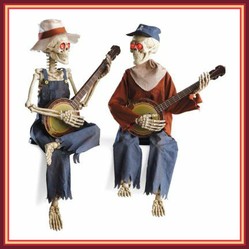
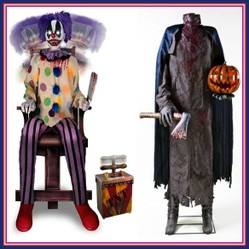
Which Halloween symbol is your favourite?
My favorite Halloween symbols are bat and cat sentients and pumpkins.
Isn't it sad that bat sentients are not remembered for their coming to fires to alleviate mosquito populations?
I prefer owls and as I can see they are becoming more and more popular in various areas of life, as decorative elements and so on. I have recently written an article about Halloween too and found many interesting similarities between celebrations in different parts of the world. Death still fascinates us and it will very likely stay the ultimate secret for future generations as well.
@frankbeswick : An interesting observation - the chances of Halloween turning Holy or Saintly did not happen, somehow Samhain made sure that wandering spirits and ghosts were celebrated. It was a way to ward off evil by disguising as ghost thinking that the devil could be fooled. It definitely ensured the way we celebrate Halloween today.
@younghopes - Thanks for pinning. There are more that would have gone as symbols of Halloween - goblins, ghouls, skeletons, grim reaper and so on but I had to limit them as the article would become too long.
Halloween means Holy Evening, and is a medieval Christian term for the old Celtic feast of Samhain [pronounced Sow en in Irish.] At Samhain the Celtic peoples believed that the barrier between this world and the other, the realm of Faerie or the Sidhe, was at its thinnest, so spirits could wander from their world to ours. So people dressed as ghosts etc to manage their fears and magically control this dangerous time. Christianity took up the old pagan sacred year and made the day after Samhain All Saints Day, that celebrates all the holy people gone before us, but the tradition of Samhain survived and became known as Halloween.
This is an amazing article, so much of information which i have never known before, i am pinning this to my board- halloween party